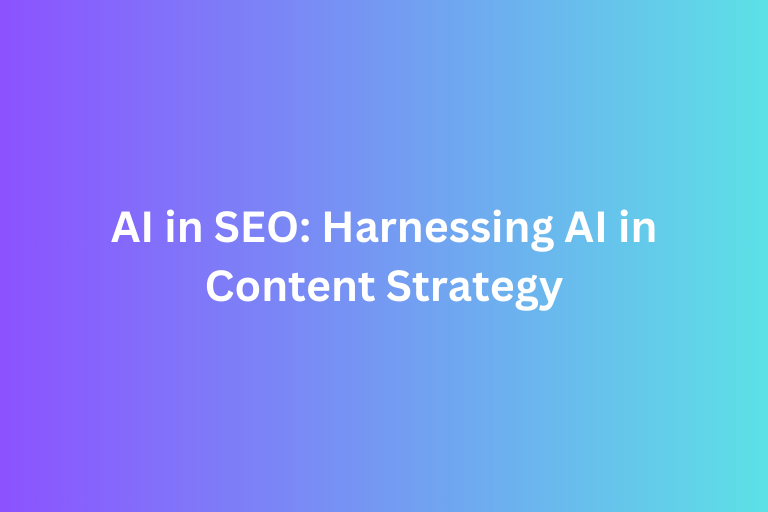E-Commerce SEO can help your online store become more visible on search engines like Google. When people search for products you sell, you want your website to show up at the top of the search results. The higher your site ranks, the more clicks and potential sales you can get without having to pay for ads! This is why you need to implement E-Commerce SEO for your site. Optimizing your online store helps search engines understand your content so they can show it to the right people at the right time.
In this article, we will learn what is E-Commerce SEO, why it matters for your site, and the key elements involved in E-Commerce SEO.
Let’s dive into what it is, why it matters, and how to get started.
What Is E-Commerce SEO
E-commerce SEO (Search Engine Optimization) is the process of optimizing an online store to improve its visibility in search engine results. The goal is to attract organic (non-paid) traffic from search engines like Google, Bing, and Yahoo by ranking higher for relevant keywords.
Why Is E-Commerce SEO Important?
- Increases Organic Traffic – Helps your store rank higher in search results, bringing in continuous, high-quality visitors without ad spend.
- Reduces Reliance on Paid Ads – Lowers marketing costs by driving free, sustainable traffic instead of relying on PPC campaigns.
- Builds Brand Credibility – Higher rankings and a well-optimized site increase trust, making customers more likely to buy.
- Drives Long-Term Growth – Unlike ads, SEO delivers lasting results, ensuring consistent traffic and sales over time.
Key Elements of E-Commerce SEO
Here are the most important parts of SEO for an online store:
1. Keyword Research
Before you start optimizing, you need to know what your customers are searching for. Use tools like Google Keyword Planner or Ubersuggest to find keywords related to your products.
For example, instead of just using “shoes,” try “best running shoes for beginners” or “lightweight running shoes under $100” to attract more specific searches.
2. Optimizing Product Pages
Each product page should be SEO-friendly by including a clear product title containing keywords, a detailed description that helps customers and search engines, high-quality images with alt text, and a fast loading page speed.
3. Creating Valuable Content
Search engines love fresh, useful content. A blog on your website can help attract more visitors. Try writing about:
- Gift guides (e.g., “Top 10 Holiday Gifts for Coffee Lovers”)
- How-to articles (e.g., “How to Choose the Right Running Shoes”)
- Product comparisons (e.g., “Nike vs. Adidas: Which Sneakers Are Best for You?”)
Learn more: How To Write Quality Content For A Website
4. Improving Website Structure & Navigation
Make sure your website is:
- Easy to navigate (users should find what they need in a few clicks)
- Mobile-friendly (Google ranks mobile-friendly sites higher!)
- Secure (use HTTPS to protect customer data)
5. Building Backlinks
Backlinks from other websites to yours can help to build trust and authority. What you can do is to:
✔ Get featured on blogs or industry websites
✔ Partner with influencers to review your products
✔ Write guest posts for other sites in your niche
Learn more: How To Analyze Backlink Quality
Conclusion
E-commerce SEO takes time, but the results are worth it! Instead of constantly paying for ads, a well-optimized site can bring free, organic traffic for months or even years. You can start with small changes, track your progress, and keep improving your store’s SEO.
Improve your website performance with FoxAdvert!
If you are looking forward on how to improve your website performance, our professional team of SEO experts at FoxAdvert can help you. Contact us today to start your journey 😊











